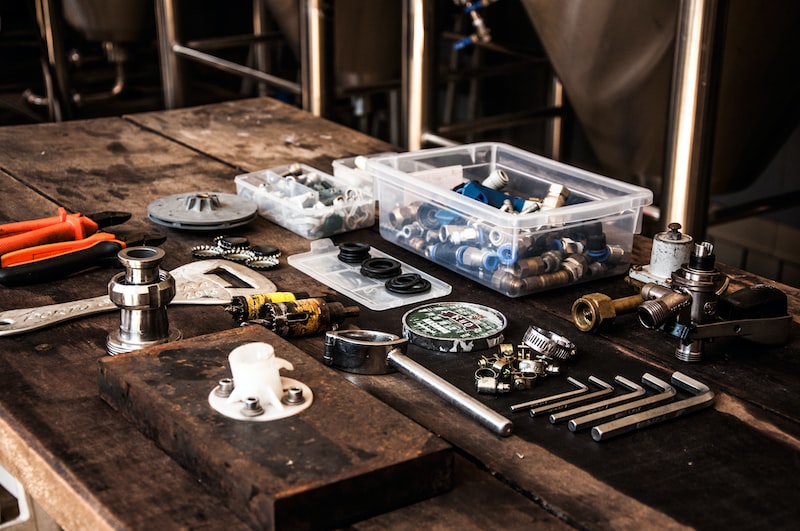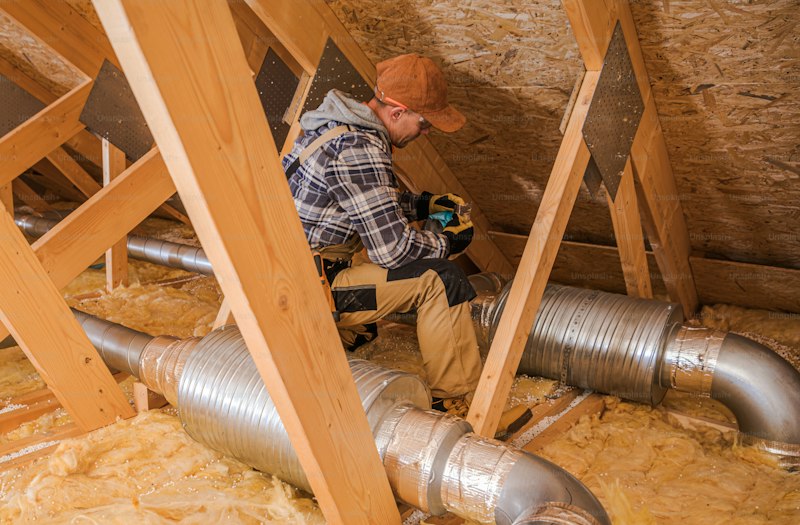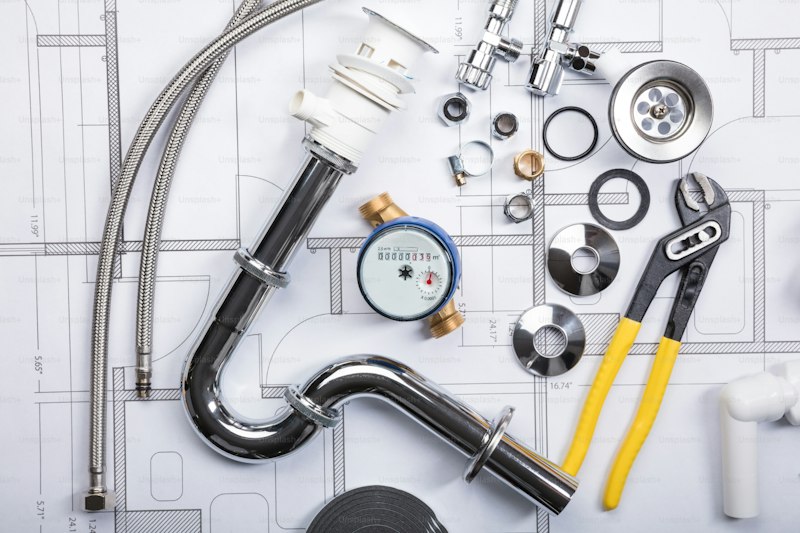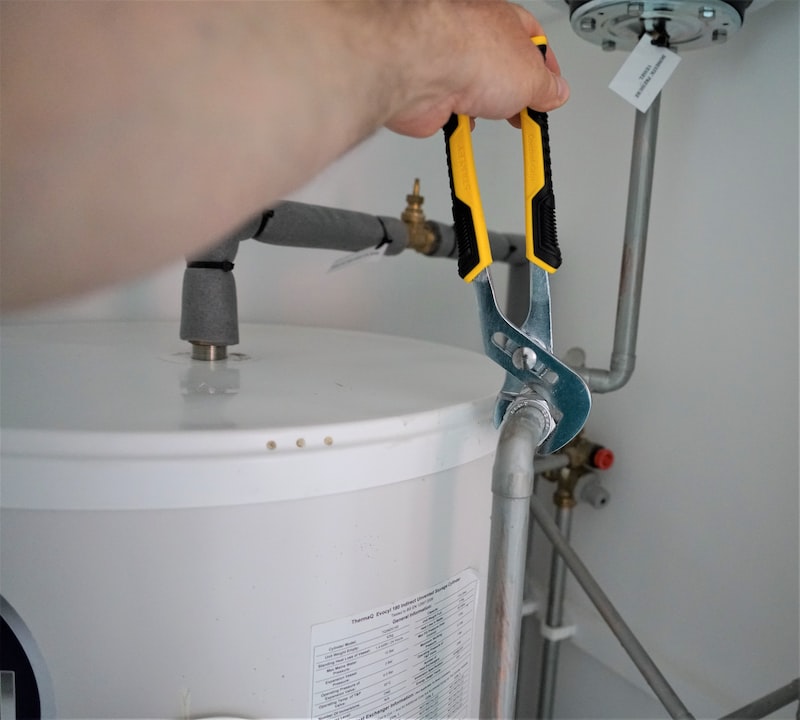Table of Contents
Curious about whether using Drano in a toilet is a safe and effective plumbing solution? Well, let’s dive right into it! When faced with a stubborn clog in your beloved porcelain throne, it’s natural to seek quick and easy fixes. Drano, a popular drain cleaner, might seem like an appealing option, but before you pour that blue liquid down the toilet, it’s crucial to understand both the benefits and risks associated with this approach.
Using Drano in a toilet can be a risky endeavor. While it may help dissolve some organic material causing the clog, it’s not specifically formulated for toilets. This means that the powerful chemicals in Drano can potentially damage the toilet’s porcelain surface and even corrode the pipes over time. Moreover, if the clog is caused by non-organic materials, such as toys or excessive toilet paper, Drano won’t be effective at all.
Instead of relying on Drano, consider alternative methods that are both safer and more efficient. One such method is utilizing a plunger. This handy tool creates pressure, which helps dislodge the clog without the need for harsh chemicals. Another option is using a plumbing snake, a long flexible rod that can navigate through the pipes, breaking up and removing the blockage.
If the clog persists despite your best efforts, it’s time to call in the professionals. A licensed plumber possesses the expertise and proper tools to handle even the most stubborn toilet clogs safely and effectively. They can diagnose the underlying issue and provide a long-term solution that doesn’t risk damaging your toilet or plumbing system.
while Drano may offer a quick fix for some clogs, it’s a risky choice when it comes to toilets. The potential damage it can cause to the porcelain and pipes outweighs its benefits. Instead, opt for safer alternatives like plungers or plumbing snakes. And if all else fails, don’t hesitate to seek professional help. Your toilet will thank you in the long run!
The Drano Dilemma: Can This Popular Plumbing Solution Clear Your Clogs Safely?
Are you tired of dealing with stubborn clogs in your plumbing? If so, you’ve probably heard of Drano. This popular plumbing solution has been around for decades, promising to clear even the toughest clogs with ease. But is
it really safe to use? Let’s dive into the Drano dilemma and find out.When it comes to clearing clogs, Drano is often the go-to choice for many homeowners. Its powerful formula is designed to dissolve hair, soap scum, and other debris that can cause blockages in pipes. The active ingredients in Drano, such as sodium hydroxide and sodium hypochlorite, work together to break down these substances and allow water to flow freely again.
However, safety is a major concern when working with any chemical product. Drano contains strong chemicals that can be harmful if mishandled or misused. It’s important to follow the instructions carefully and take proper precautions when using this product. Avoid contact with skin, eyes, and clothing, and never mix Drano with other cleaning agents or chemicals.
One of the main advantages of using Drano is its convenience. It’s readily available in most supermarkets and hardware stores, making it a convenient option for tackling clogs. Plus, it works relatively quickly, providing results in as little as 15 minutes. This can save you time and frustration compared to manually removing the clog or calling a plumber.
On the flip side, some argue that Drano may not always be the best solution for clearing clogs. In some cases, it may only provide a temporary fix, especially for more severe or persistent clogs. Additionally, the chemicals in Drano can be harsh on older pipes or certain types of plumbing systems, potentially causing damage over time.
the Drano dilemma revolves around its effectiveness and safety. While it can be a quick and convenient option for clearing clogs, it’s essential to handle it with care and follow the instructions closely. Consider the age and condition of your plumbing system before using Drano, and if you have any doubts or concerns, it’s always best to consult a professional plumber for advice.
Clearing clogs is never a pleasant task, but with the right knowledge and tools, you can tackle the job safely and effectively. The choice ultimately depends on your specific situation and comfort level. Whether you decide to rely on Drano or explore alternative methods, maintaining a clog-free plumbing system will help keep your home running smoothly.
Plumbing Experts Weigh In: Is Drano a Risky Shortcut to Unclog Your Toilet?
Are you tired of dealing with a clogged toilet? It’s a frustrating problem that can disrupt your daily routine. Many people turn to Drano as a quick fix, hoping it will swiftly unclog their toilets. But before you reach for that bottle, let’s hear what plumbing experts have to say about whether Drano is a risky shortcut for unclogging toilets.

When it comes to Drano, opinions are divided among plumbing professionals. Some argue that it can be an effective solution for minor clogs. The powerful chemicals in Drano work by breaking down organic matter, allowing water to flow freely again. In some cases, it may do the job and save you from having to call a plumber.
However, other plumbing experts caution against using Drano for toilet clogs. They point out that Drano is not specifically designed for toilets and may not always be effective. Additionally, the chemicals in Drano can be harsh and potentially damaging to your plumbing system. If used incorrectly or in excessive amounts, Drano can corrode pipes and cause leaks, leading to expensive repairs down the line.
Moreover, Drano poses risks to your health and safety. The strong chemicals can emit fumes that are harmful if inhaled. They can also cause skin irritation or burns if they come into contact with your skin. It’s crucial to wear protective gloves and goggles when handling Drano, and to ensure proper ventilation in the area where it’s being used.
So, should you use Drano to unclog your toilet? Ultimately, it’s a decision that depends on the severity of the clog and your comfort level with using harsh chemicals. If the clog seems minor, you could give Drano a try, making sure to follow the instructions carefully. However, for more stubborn or recurring clogs, it’s best to consult a professional plumber who can assess the situation and provide a long-term solution without risking damage to your plumbing system.
Remember, prevention is always better than a quick fix. Proper maintenance and being mindful of what you flush down the toilet can go a long way in avoiding clogs. And if you do find yourself facing a persistent clog, don’t hesitate to reach out to a plumbing expert who can offer reliable advice and assistance tailored to your specific situation.
To Drano or Not to Drano? Exploring the Pros and Cons of Using Chemicals in Your Toilet

Ah, the eternal struggle of dealing with a clogged toilet. We’ve all been there, desperately trying to find a solution that will unclog the stubborn blockage. And then we hear about Drano, that magical chemical that promises to dissolve any clog in seconds. But before you rush to the store and grab a bottle, let’s take a closer look at the pros and cons of using chemicals like Drano in your toilet.
On one hand, using Drano can seem like the perfect quick fix. Just pour it down the toilet, wait for a few minutes, and voila! The clog is gone. It’s a convenient and relatively inexpensive solution that requires minimal effort on your part. Plus, the active ingredients in Drano are designed to break down organic matter, making it highly effective for removing clogs caused by things like hair and soap scum.
However, there are some downsides to consider. Firstly, Drano and similar chemicals contain strong corrosive agents that can damage your pipes over time. This can lead to costly repairs and even the need for pipe replacement. Additionally, these chemicals are not environmentally friendly, as they can contaminate water sources and harm aquatic life. If you’re someone who cares about the planet, using chemicals in your toilet might not align with your values.
Moreover, the effectiveness of Drano depends on the type of clog you’re dealing with. It works best on organic material, but if your toilet is clogged due to non-organic substances like toys or excessive toilet paper, Drano may not be the solution you’re looking for. In such cases, you may need to resort to other methods like using a plunger or a plumbing snake to remove the obstruction.
So, what’s the verdict? Well, it ultimately depends on your specific situation and priorities. If you’re facing a minor clog and convenience is paramount, then using Drano might be a viable option. However, if you’re concerned about potential pipe damage or the environmental impact, it’s worth exploring alternative methods first.
Drano Debunked: Surprising Truths About the Effectiveness and Safety of Drain Cleaners
Introduction:
Have you ever found yourself in a panic when your sink or shower drain is clogged? It’s a frustrating experience that often leads us to seek quick solutions. One popular option is Drano, a well-known brand of drain cleaners. However, before you grab that bottle, let’s take a closer look at the effectiveness and safety of drain cleaners like Drano.
The Realities of Drain Cleaners:
When it comes to unclogging drains, many people turn to chemical-based cleaners like Drano. These products promise quick and effortless results. But are they as effective as advertised? The truth might surprise you.
Effectiveness of Drain Cleaners:
While drain cleaners can effectively dissolve certain types of blockages, they may not be the best solution for all situations. For instance, severe clogs caused by large objects or extensive buildup may require professional intervention. In some cases, using drain cleaners can even worsen the problem or damage your pipes.

Safety Concerns:
Now, let’s talk about safety. Drain cleaners contain powerful chemicals that pose risks if mishandled or used improperly. They often include ingredients such as sodium hydroxide or sulfuric acid, which can cause burns, skin irritation, or respiratory issues. It’s crucial to follow all safety precautions mentioned on the product label when using drain cleaners.
Environmental Impact:
In addition to safety concerns, drain cleaners can also have a negative impact on the environment. When poured down the drain, these chemicals enter the wastewater system and eventually make their way into lakes, rivers, and oceans. They can harm aquatic life and disrupt delicate ecosystems. Considering eco-friendly alternatives is essential to minimize our environmental footprint.
Exploring Safer Alternatives:
Fortunately, there are alternative methods for unclogging drains that are safer and more environmentally friendly. Simple tools like plungers, drain snakes, or even homemade mixtures of baking soda and vinegar can often do the trick. These methods are not only effective but also reduce the risks associated with chemical cleaners.

Conclusion:
Before reaching for that bottle of Drano or any other chemical-based drain cleaner, pause and consider the surprising truths about their effectiveness and safety. Understanding the limitations and potential risks involved will help you make an informed decision when faced with a clogged drain. By exploring safer alternatives, you can tackle the problem effectively while minimizing potential harm to your pipes, yourself, and the environment.





